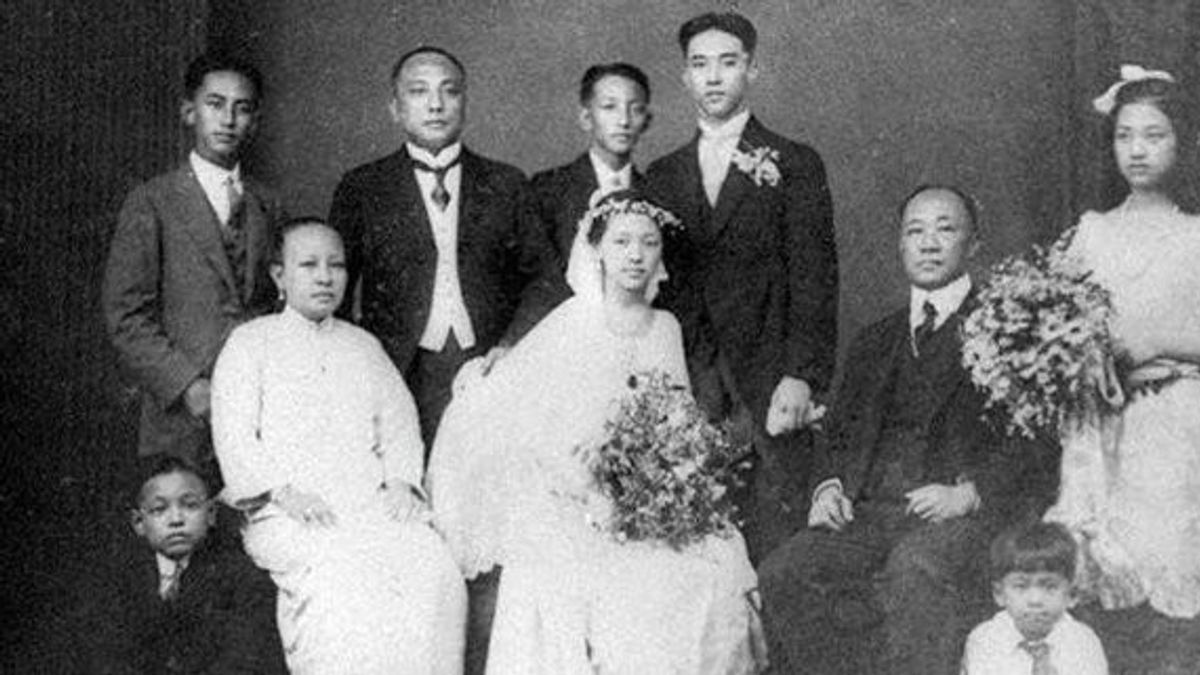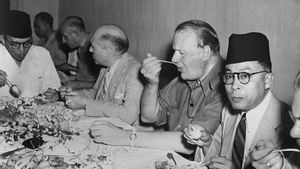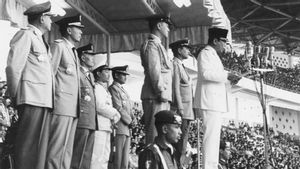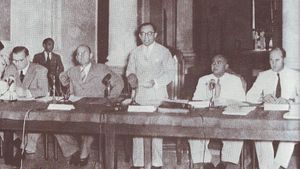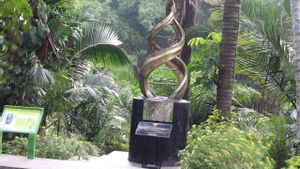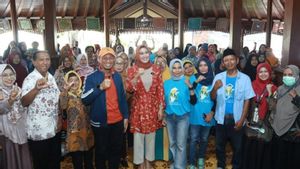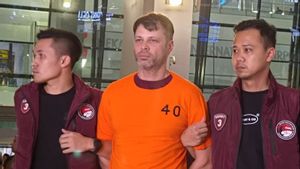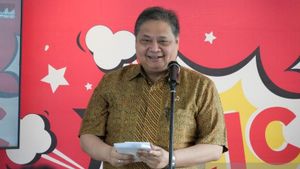JAKARTA - Sugar commodity is the most lucrative business in the Dutch East Indies. Whoever controls the upstream and downstream sugar business will surely be rich. The historical story of Oei Tiong Ham has proven it. He and his company Oei Tiong Ham Concern (OTHC) not only have one sugar factory, but five. He was the richest man in Indonesia, even Southeast Asia in his time.
That business led him to develop other businesses: trading, banking, shipping, and construction companies. As a result, Oei Tiong Ham is remembered as the richest man in mainland Southeast Asia.
Oei Tiong Ham was born on November 19, 1866 in Semarang. He was born and raised as an affluent child. His father, Oei Tjien Sien, was a successful sugar businessman. His sugar factory, Kian Gwan, is very famous in Semarang.

This success made his father often prepare Oei Tiong Ham in his business. When Oie Tjong Ham was considered old enough, he was given the power to continue his parents' business.
The ups and downs in business were felt. However, his shrewdness in business brought Oei Tiong Ham to fame in the sugar business. He also started to form his own company. OTHC, the name.
The sugar business is growing rapidly. Oei Tiong Ham, which initially had only one sugar factory, started thinking about expansion. The sugar factory that was about to go bankrupt was saved. This practice made Oei Tiong Ham own up to five sugar factories: PG Redjoagong, Krebet, Tanggulangin, Pakies, and Ponen.
Growing Business
Its export market is slowly expanding: London, Singapore, Mumbai, and others. As a strategy, he contracted 7.082 ha of land to be used as a sugar cane plantation. To increase sugar production, he thought. This success then led Oei Tiong Ham to explore other businesses.
He tried export-import, insurance, banking, shipping, and construction businesses. His foresight saw an opportunity to take Oei Tiong Ham to the pinnacle of success, becoming the richest person in Indonesia and Southeast Asia. The Dutch colonial government also respected him.
“Until the end of the 19th century, the Chinese in the Dutch East Indies were prohibited from wearing European-style clothing, namely jackets and trousers. Anyone who violates this rule will be prosecuted. Oei Tiong Ham was the first Chinese to be allowed to wear European-style clothing.”

“In November 1889, Oei Tiong Ham submitted an application to the Governor-General through his lawyer Mr. Baron CW van Heeckeren and granted. It wasn't until 1905 that the Chinese with equal legal status (geljikgestel) got the freedom to dress. The Dutch East Indies colonial government really despised and insulted the Chinese people, to the point that they were restricted in their way of dressing,” said Benny G. Setiono in his book Chinese in Political Vortex (2008).
Oei Tiong Ham's efforts began to be hit by big problems when World War I (1914-1918) occurred. The big event made OTHC almost bankrupt. However, after the war, the turnover increased again.
Starting to Go Bankrupt
The advantage was immediately sniffed by the Dutch East Indies colonial government. Oei Tiong Ham was obliged to pay a sizeable tax. He must pay a tax of 30 percent of the total profits earned by OTHC. That glory faded when Oei Tiong Ham died in 1924 in Singapore. The absence of regeneration makes his business shattered.
"What's interesting is why then Oei Tiong Ham's glory was destroyed, and his company could be confiscated by the Indonesian government, when President Soekarno shouted the spirit of revolution and socialism. In Yoshihara Kunio's analysis, the conglomerate fell apart due to internal causes. Oei Tiong Ham's business cannot deal with the complicated problems that arise because of the inheritance distribution rules."
SEE ALSO:
"It's also about leadership succession. In the case of Oei Tiong Ham, who loves pleasure, things are quite complicated: he has 8 wives, 26 children, evenly divided between male and female. Tiong Ham did try to limit the distribution of inheritance to only his nine children, but he couldn't clearly figure out how to resolve the issue of leadership transfer," concluded Goenawan Mohamad in his writing in Tempo Magazine entitled Oei (1991) about the historical story of Oei Tiong Ham, the richest person in Indonesia.
The English, Chinese, Japanese, Arabic, and French versions are automatically generated by the AI. So there may still be inaccuracies in translating, please always see Indonesian as our main language. (system supported by DigitalSiber.id)
